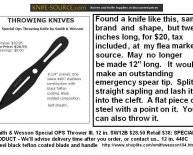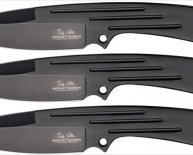
What is a Case knife?
The bone used to make knife handles at Case Cutlery comes from the shin of Zebu cattle found in Brazil. Bone from this mammal is suitable as it is larger in size, more dense, and contains less marrow than cattle found in other countries. When the bone arrives at our production facility in Bradford, PA, it is leveled and cut into smooth, square slabs. Sometimes these slabs are kept in this form and used for smooth bone handles, while other times the slabs are jigged during production.
Barn Board
Peach Seed
Heritage
Saw Cut
Jigging gives handle materials a more distinctive appearance and feel in your hand. The types of jigging shown below are processed by using a special jigging machine in which modified bits notch out pieces of bone. The machine operates in a rocking motion to create a particular pattern. Each of these patterns has distinguishing characteristics. After the bone is jigged, it can be dyed in many different colors.
Rogers
Rogers Corn Cob
Corn Cob
Second Cut
Some of our most commonly used jigging patterns are Standard, Peach Seed, and Corn Cob (this style can be found on our Pocket Worn® line of knives). Shown below are photos of some of the jigs used at Case Cutlery. There sure are a lot to choose from. Maybe you'll be introduced to a few new ones that will soon become favorites!
Standard
Vintage
Winter Bottom
Worm Groove
Note: We also have acquired technologies to embellish different styles of handle surfaces which are not produced using the jigging machine. These unique handles include the Rattlesnake, Long Tail C, Zebra, and a few others.


















